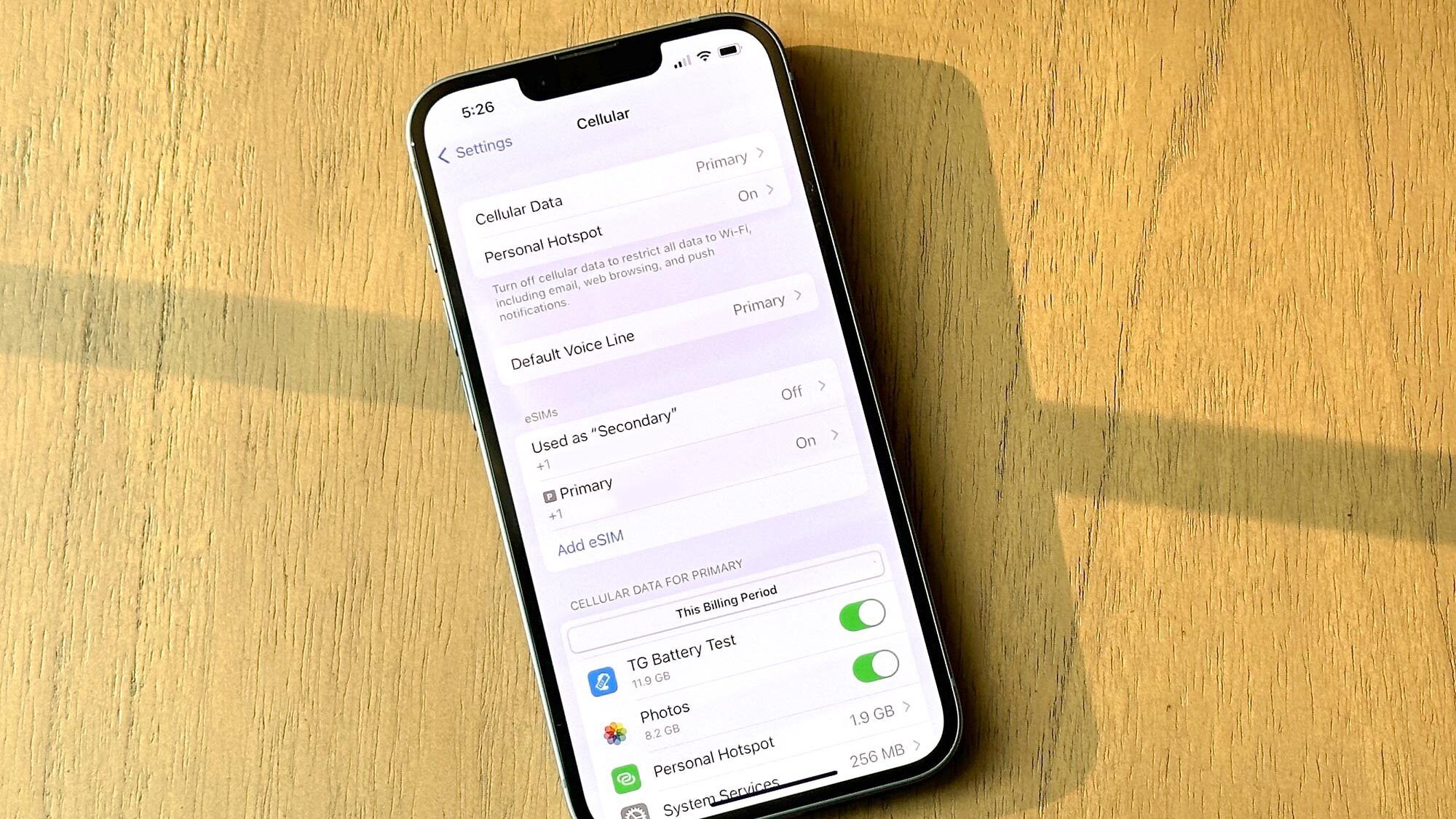¿Cómo usar iMessage con una eSIM de viaje?
¡Aún puedes usar iMessage con tu línea principal!
Resumen
El uso de una eSIM de viaje no implica que tengas que cambiar tu número de contacto. PuedesConserve su número de teléfono principalen tus aplicaciones de mensajería y redes sociales, mientras usas tu eSIM de viaje para datos y conectividad. Pero si has instalado una eSIM y has notado que el número de teléfono de tu iMessage ha cambiado, no te preocupes: es probable que se trate simplemente de un problema con la configuración que se puede solucionar rápidamente.

¿Qué es iMessage? ¿Son lo mismo que los SMS/MMS?
Para los usuarios de iPhone, iMessage es casi sinónimo de SMS/MMS, pero ¿son realmente lo mismo?
Básicamente, los iMessages son textos, fotos o vídeos que puedes enviar a otro dispositivo Apple (iPhone/iPad/Mac), y los mensajes sonenviado por internet, ya sea mediante Wi-Fi o datos móviles. Los mensajes enviados a través de iMessage consumirán tus datos móviles (si no hay Wi-Fi disponible). Estos mensajes no están encriptados y aparecen en burbujas de texto azules en tu aplicación de Mensajes.
Por otro lado, los SMS/MMS son mensajes que puedes enviar a otros dispositivos (incluidos los que no sean de Apple). Los SMS/MMS se enviarán a través del móvil y consumirán la cuota de SMS/MMS de tu plan telefónico. Estos mensajes no están cifrados y aparecen en burbujas de texto verdes en tu aplicación de mensajes.
Cómo comprobar la configuración de iMessage
Instalar una eSIM de viaje en una ranura eSIM secundaria en su dispositivonocambiar ni desactivar su línea principal y número de teléfono.
Sin embargo, es posible que algunas personas se hayan encontrado con el problema de que, después de instalar una eSIM, ya no pueden enviar ni recibir mensajes en su iMessage o que su número de teléfono haya cambiado. Esto suele deberse a una configuración incorrecta.
Ejecute un par de comprobaciones en su iPhone para confirmar que la configuración sea correcta:
- En tu iPhone, ve aConfiguración > Mensajes.
- Compruebe que iMessage esté activado.
- Verifique que se haya seleccionado la línea correcta para 'Enviar y recibir' en iMessage y FaceTime.
- Asegúrate de que la línea seleccionada sea tu línea principal (es decir, la que usas habitualmente). En ocasiones, al instalar una nueva eSIM, tu dispositivo puede actualizar automáticamente esta configuración a la nueva eSIM instalada.
- Si la eSIM que has configurado para iMessage y FaceTime es incorrecta, selecciona la opción ‘Enviar y recibir’ y elige la línea correcta.
- Ahora deberías poder usar iMessage y FaceTime normalmente.
- En caso de que aún no pueda hacerlo, reinicie su dispositivo.
Consejos para la gestión de eSIM y configuración de iMessage
Para evitar confusiones al configurar tu iMessage cuando uses una eSIM de viaje, aquí te dejamos algunos consejos y prácticas recomendadas:
- Ponle nombre a tus tarjetas SIM y eSIM:Si bien nombrar sus eSIM puede parecer trivial, es un truco simple para la administración de eSIM y ayudará a evitar confusiones sobre qué eSIM se ha configurado para sus aplicaciones de mensajería.
- Añade tu ID de Apple y tu dirección de correo electrónico a iMessage: si has configurado tu ID de Apple y tu dirección de correo electrónico, tendrás la opción de enviar y recibir mensajes usando tu dirección de correo electrónico. De esta manera, no tendrás que preocuparte por perder tus mensajes incluso si realmente cambias de número.
- Desactivar la opción "Enviar como SMS" mientras estás en el extranjero: nuevamente, esto puede parecer un paso trivial. Sin embargo, deshabilitar esta opción te ayudará a evitar incurrir accidentalmente en cargos por SMS en el extranjero en caso de que tu iMessage no se haya configurado correctamente o si estás enviando un mensaje a otro dispositivo que no tiene iMessage disponible.